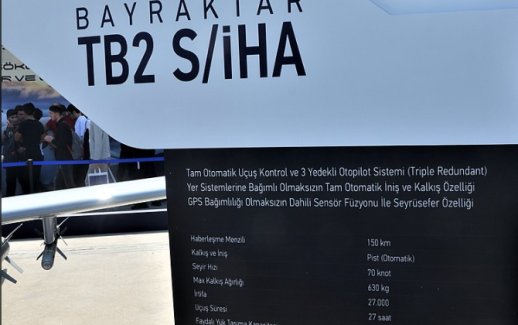Bloomberg reports that Nord Stream 2 is again underway at a clip, with Russia pushing forward and Germany trying to proof the project against the Trump-led U.S. sanctions against our German NATO ally, friend, and fellow democracy.
In 2014, Representative John Boehner and others argued that fast-tracked, increased U.S. LNG exports abroad would free global supplies nearer to Europe to relieve Europe (Germany, Ukraine and others) of a Russian gas supply monopoly on Putin’s terms. With Russia building the Nord Stream, its history of shutting-off gas supplies on sudden changes in terms bodes ill for Germany.
Russia’s history of changing terms of energy partnerships illustrates the risks against which Boehner and others wanted to protect U.S. allies. Rather than get behind a competitive approach to helping free Europe this way, the Trump Administration adopted a sanctions policy against Germany that would drive Germany into Russian arms regarding the Nord Stream 2. This advantaged Russia by making the U.S. the bad guy, with Russian information warfare pushing narratives to that effect.
Germany’s response to these cross-cutting pressures has been to boost clean energy’s share of national supply to reduce dependence on fossil fuels, efficiently addressing energy independence and responsible climate-balancing policy at once. Rather than join and support Germany accordingly, the Trump Administration has instead used blunt rhetoric tying climate change and renewables to “socialism,” tending to undercut Germany’s efforts to reduce Russian pressure on its economy.
The problem is that Germany remains dependent for natural gas products to warm its people during hard winters. The U.S. could have been doing more from 2016-2018 to help Germany with fast-tracked efforts to build pipelines getting LNG and other products to global markets since President Obama lifted the U.S. oil export ban, but pipeline steel suppliers among U.S. democratic trade partners were hit with U.S. steel tariffs. This delayed pipeline projects in the Southwestern U.S. through 2018, followed by an increase in capacity between 2019-2020 as tariffs abated (see principal Graphic).

